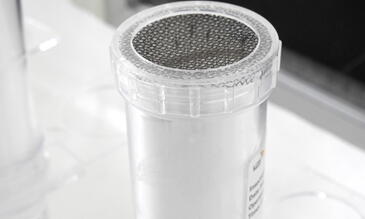
The World Health Organisation (WHO) publishes test procedures for insecticide resistance monitoring in malaria vector mosquitoes to recommend methods to monitor mosquito populations for the emergence of resistance to insecticides in use in the area, to help inform decisions about which insecticide products to use. These include so called Discriminating Concentrations (DCs) for each insecticide; if less than 98% of mosquitoes exposed to these concentrations are killed in a WHO tube assay then the population is said to have some resistance to the insecticide.
With the launch of new mosquito control tools carrying different insecticides, there was a need to establish new DCs and confirm their suitability for a wider range of species than was originally covered in the 2018 version of the test procedures. A multi-centre study was therefore launched, coordinated by Dr Vincent Corbel at Institut de Recherche et pour le Développement (IRD) on behalf of the WHO, to establish DCs for adult mosquitoes for key selected insecticides used either in malaria and/or Aedes vector control.
LITE was a key partner in this project, developing and validating bottle assay methodology for 8 selected insecticide compounds that are unstable or infeasible to impregnate on filter papers, establishing dose-response curves using bottle bioassays for these 8 new compounds WHO tube assays for 2 further compounds, and finally establishing and validating DCs for all these compounds. Much of this testing was using the Fang strain of Anopheles funestus, making LITE a key testing centre due to the fact that very few colonies of this species are held worldwide. As the study progressed an additional activity was added, investigating the optimum dose of PBO to be used in synergist assays to detect the presence of metabolic mechanisms in populations where resistance has been confirmed.
